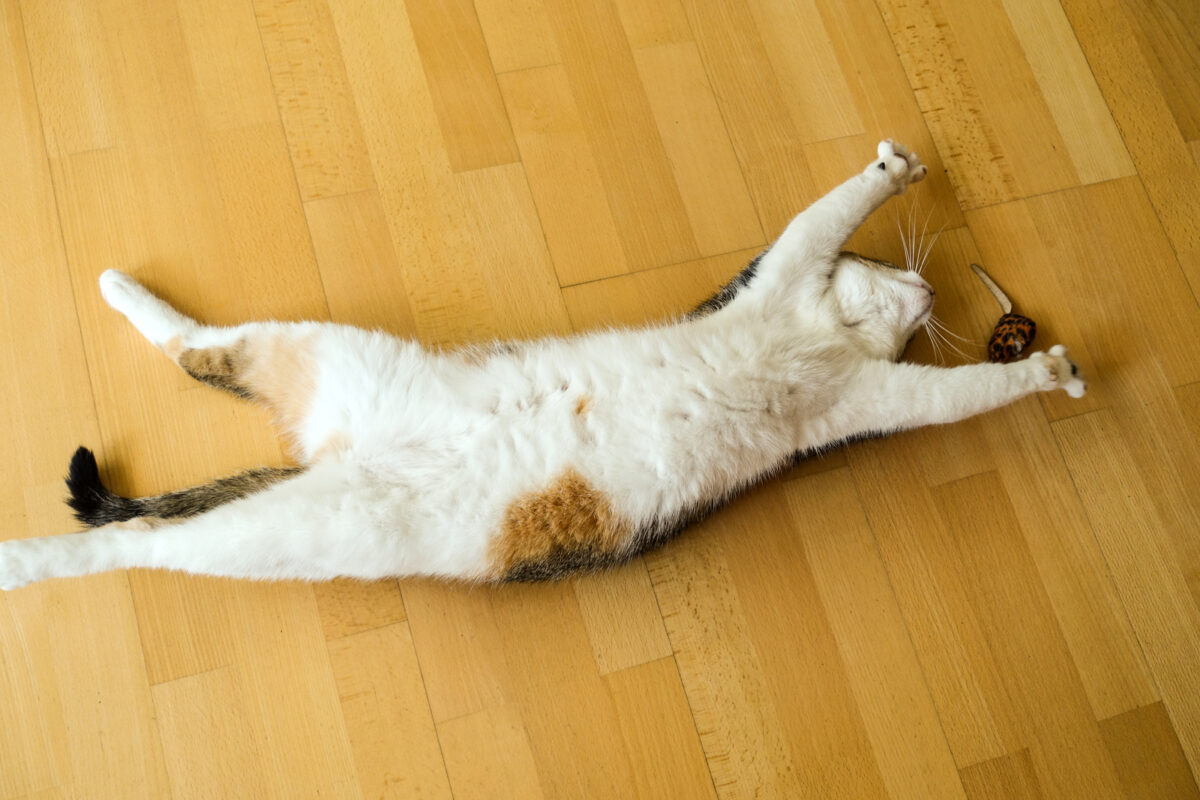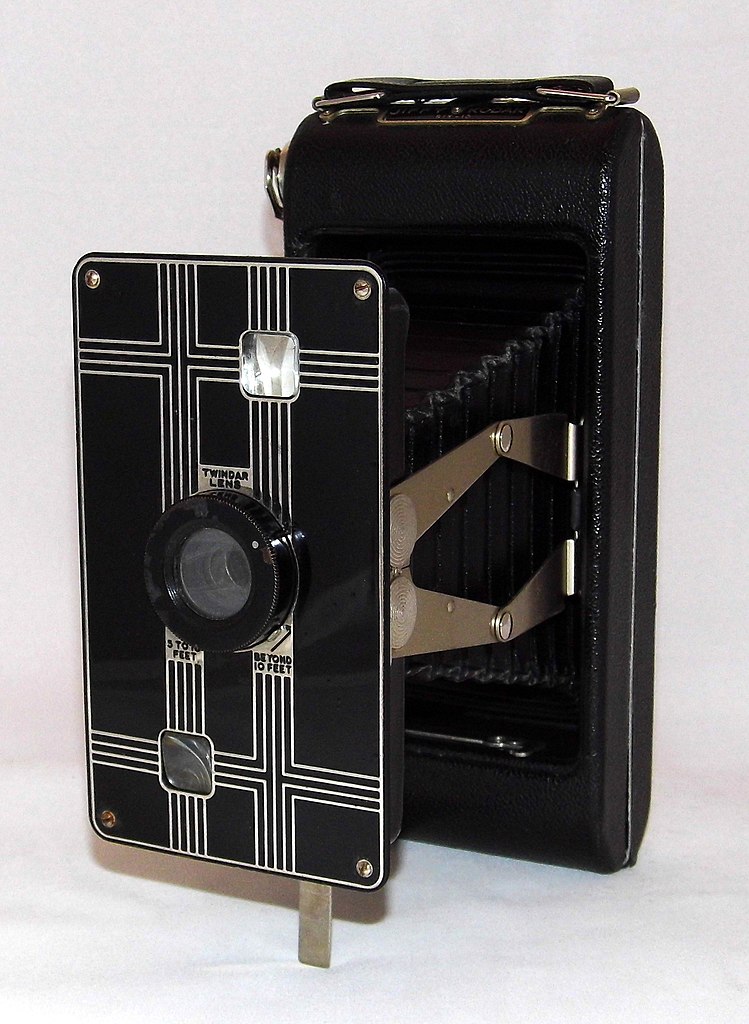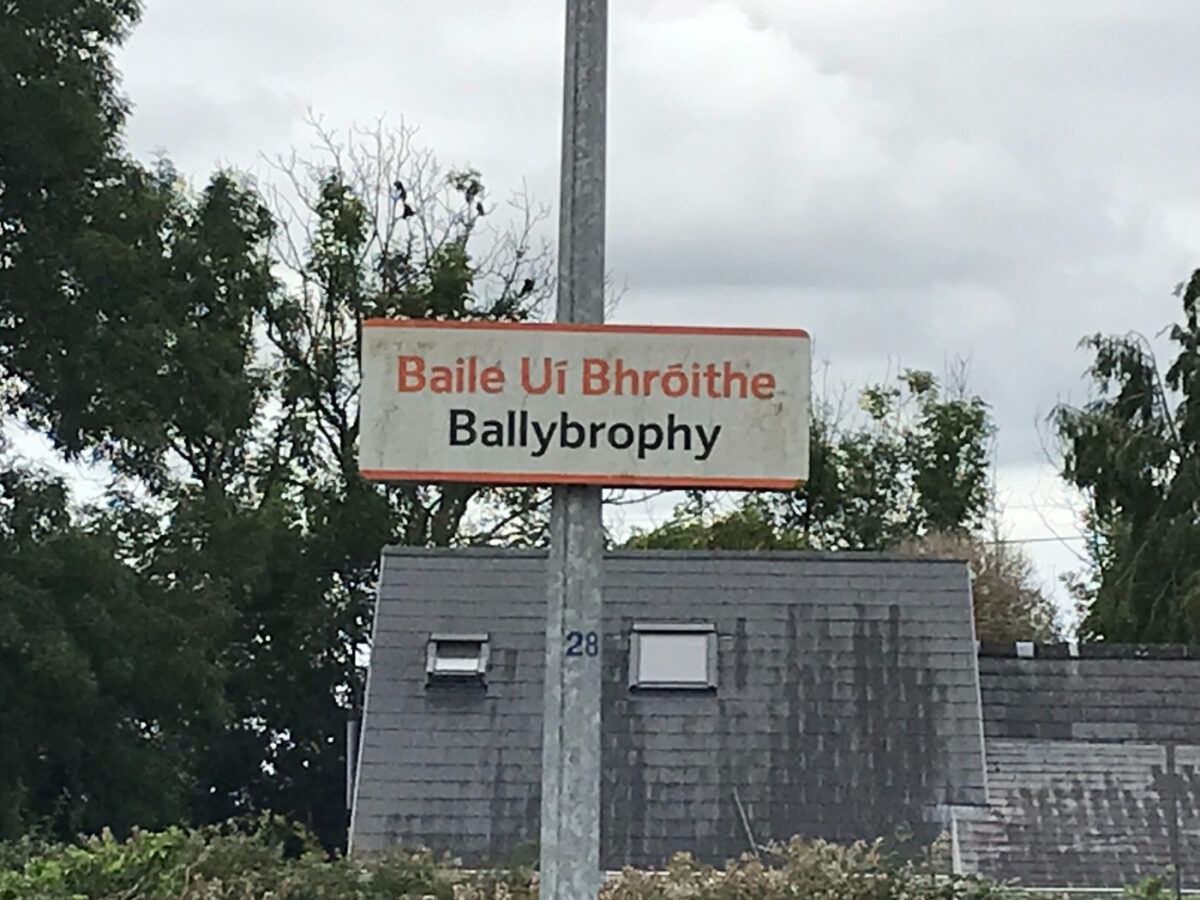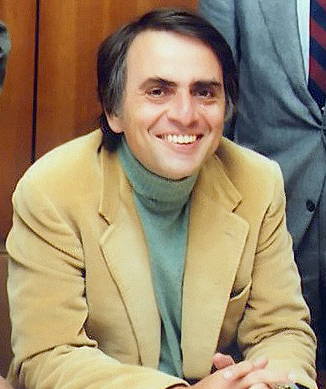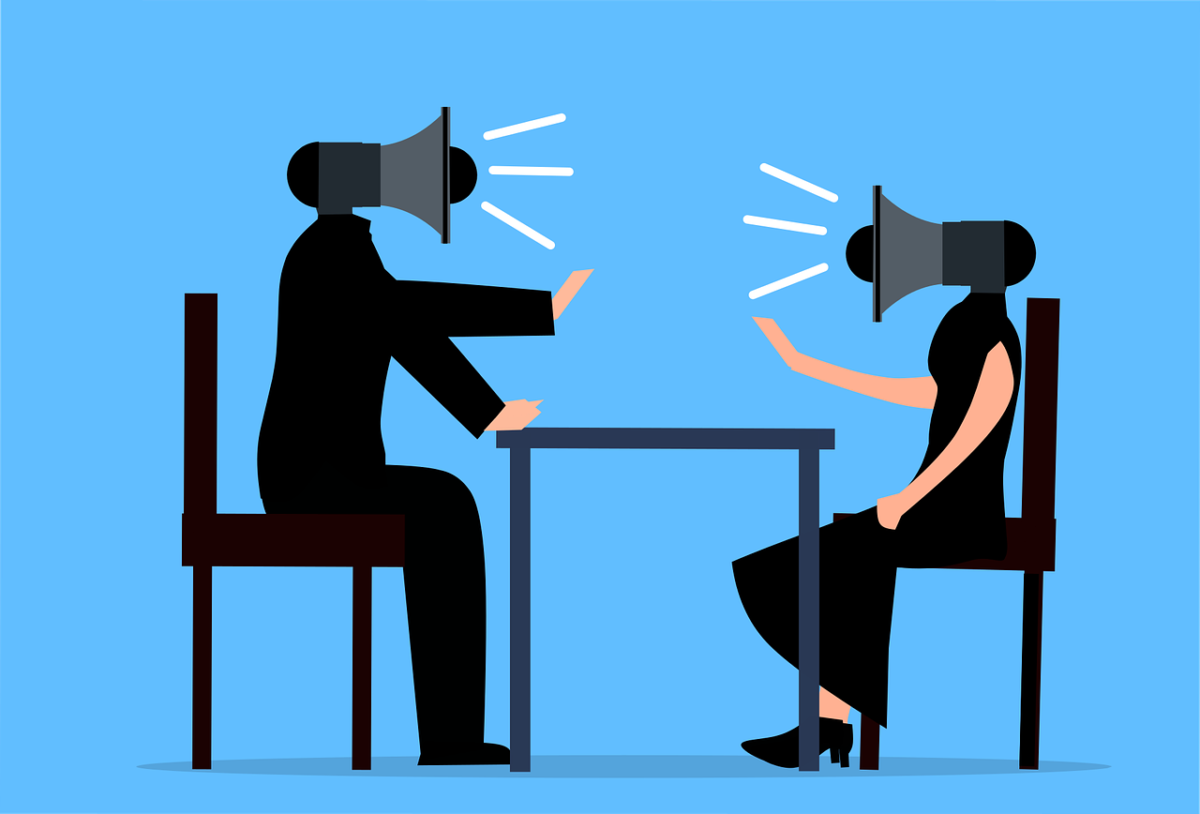Some kids dream of being actors or architects, dancers or doctors, pilots or painters. I dreamed of being a nuclear physicist.
I was born a science nerd. Summers were spent in computer camp and mini-university, and in begging mom to take me to the local museum for the umpteen-millionth time. Even my basic literacy was driven by science: I wanted to read my Album of Dinosaurs on my own, and stop nagging mom.
And what wasn’t to love about science? It promised to unroll the blueprints of the universe and let me peer inside, revealing its secrets through a complex dance of theorems and numbers. The love affair started with dinosaurs, but in junior high school nuclear physics grabbed me, starting with tales of the Manhattan Project, and the race to dig ever deeper into the subatomic world. Each year the brightest minds on the planet discovered exotic new particles with names like gluons, neutrinos and quarks. The machines used to find them were impossibly massive and complicated, particle accelerators the size of Halifax, smashing subatomic bits together near the speed of light, birthing new and even more exotic species of matter. How could I not be awestruck?
I became enamoured of the high priests behind these discoveries, and drank up everything I could find about them: Einstein, Bohr, Feynman, Fermi, Heisenberg…. These were legends, the towering intellects of their time. They seemed to exist on the very edge of what was humanly intelligible, uncovering the fabric of our reality with each passing year. I ached to be like them, an explorer of the infinite and minute world around and inside us. I wanted to join that fellowship in unlocking the secrets of the universe!
Just one thing stood in my way: math. More specifically, how terrible I was at it. No matter how much you might want it, you’ll never get admitted to the high priesthood of particle physics with a 55 and 54 in grade 11 and 12 math.
It wasn’t like I didn’t try, and extraordinary steps were taken to remedy the situation: dad conscripted my math major sister to tutor me, but to no avail. My marks barely budged. So I was effectively shut out of the science party, an uninvited guest. I could peer through the windows and tap on the glass, but no matter how much I wanted in, I knew I’d never have what it takes for membership in the club.
Even if I had never dreamed of science, math and physics were preordained for me. As the son of an engineer, there was no question of not taking university prep courses in both. Dad was every bit as worshipful of science as I was. In fact, he’s probably the source of my reverence. Devouring his cast-off copies of Popular Science and Scientific American, and the books in his library, undoubtedly planted the seed.
I never asked if he was disappointed in me. I never really wanted to know. I’m sure he was, at least a little. Science and math were a centre of his world, but there wasn’t a lot I could do to turn my abysmal grades around. The closer I got to hard math, the more dreadful I did. Biology was fine. Chemistry was passable. Physics was downright poor, and by the time I got to pure math I was drowning.
Every little boy wants to earn his father’s admiration, to feel his pride. I knew I never could in the ways that were such a part of his life. But at a certain point everyone finds a way to move on from the shadows of their childhood, or they become prisoner to it. After high school, I put dreams of science away, and studied English and then Journalism, before reinventing myself as a web designer. I felt accomplished enough, but in the back of my mind I still wore a dunce cap in the fields I wished came naturally, the things I still felt really mattered.
Years passed until a pesky idea started buzzing around my subconscious: try again. I’m not sure how it became a plan. I think I came up with the idea that I needed to upgrade my math to get into more hardcore IT disciplines. But I knew the real reason: the desire to shut down the voice in the back of my head that had never stopped whispering, “You’re not smart enough. You’re not good enough.”
I signed up to do grade 12 math again, sweated it out and got a 92. A small victory, but I felt vindicated, that maybe I was capable of more. It was all the redemption I needed at the time, so I filed away any notions of going further.
Until 2022. That’s when a bomb called ChatGPT exploded in the work world. Now anyone can use artificial intelligence to draft copy, create websites, write code and much more. Knowledge workers everywhere (myself included) started worrying about being replaced by machines.
If you can’t beat ‘em, join ‘em: I decided to dive deep into AI, specifically the machine learning behind things like ChatGPT. That means math. It also means another shot at quieting that voice in the back of my head that had never truly shut up.
I signed up for a university course in statistics and got an A+. It felt good, maybe even a little healing. I started to entertain the idea that I might actually not be hopeless. I got a B+ in calculus, a respectable grade in a field I always thought was rocket science. The feeling of competence, of power kept growing. I’m finishing linear algebra as we speak, and the grades are ok so far. If it works out, I’m on to probability, advanced calculus and who-knows-what next.
It feels like a door has opened, and things I thought I was incapable of no longer seem out of reach. In my dreams, I keep going until one day I’ve earned a data science degree. I want that piece of paper that proves I’m smart. On that day, the monkey that’s been glued to my back for decades is lying flat on the ground, staring up and muttering “You win.” I’ll have proven to myself and to dad that I really can do it. I’ll have earned an invitation to the club.
In the dream, I’m at my graduation ceremony. Dad’s watching remotely from his seniors facility, and I hold up my diploma for him to see. Or maybe it’s too many years from now, and he’s no longer with us. If that happens, I’ll lift my parchment skyward for him, because in spite of aspirations to be a man of science, I choose to hope there’s something beyond this vale of tears, a place we go after the end. That’s not very scientific of me. Call it a hunch.
Either way, I slowly unroll my diploma, hold it up, break it into a smile, and say, “Guess what dad: I’m a scientist.”
Follow-up: I got an A- in linear algebra. The dream continues.



